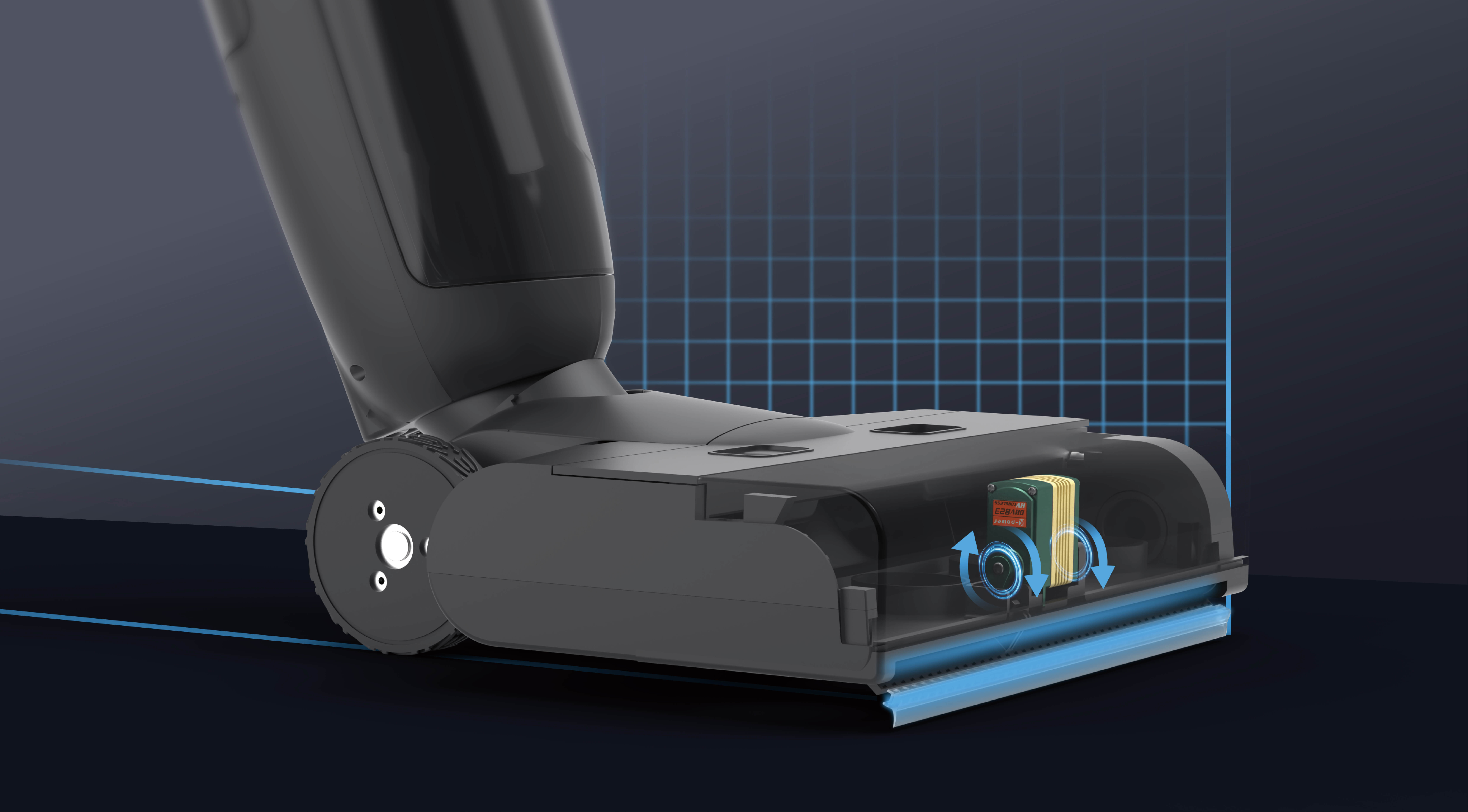In the fast-paced world of modern software, microservices are like the secret sauce that makes dreams come true. Instead of building monolithic apps that are a tangled mess, we’re breaking things down—small, manageable, independent services working harmony. Java’s ecosystem is rich and mature enough to handle this shift, but it’s not just about splitting up code; it’s about designing a pattern that keeps your system nimble, scalable, and resilient.

Imagine you’re developing an online shopping platform. You could have a single giant app, but that’s a recipe for chaos when traffic spikes or updates are needed. Instead, microservices split out payment processing, product catalog, user authentication—each as standalone units. Each one can be developed, deployed, and maintained independently. It’s a game-changer.
Now, what’s the real deal behind these patterns? There are several design approaches, but some stand out. The API Gateway pattern, for example, is like a concierge that directs traffic to the right service. It simplifies client interactions and adds a layer of security. Then there’s the service registry pattern, which makes discovering and connecting services a breeze—no more hard-coding endpoints or wrestling with fixed addresses.
Question: How do you keep everything running smoothly when each microservice is a small island? That’s where patterns like circuit breaker come into play—preventing a failure in one service from bringing down the entire system. And message queues help keep communication real-time and reliable, even when services are temporarily busy or unavailable.
Using Java to implement these patterns isn’t just a choice; it’s a strategic move. With frameworks like Spring Boot and Spring Cloud, support for microservices is almost built-in. These tools provide auto-configuration, service discovery, load balancing—all the essentials in one package. It's like giving your project a turbo boost without reinventing the wheel.
Building with microservices isn’t about throwing more servers at a problem; it's about smarter architecture. Imagine a team that can deploy smaller changes quickly—no more waiting for a massive release window. This agility means responding to customer feedback faster, fixing bugs on the fly, and scaling certain features without touching the entire system.
So, why settle for less? Java’s microservice design patterns are not just buzzwords—they’re the backbone of robust, flexible applications that can evolve with your business needs. When you master these patterns, you’re stepping into a world where innovation is limited only by your imagination, not your infrastructure constraints.
Ever wondered how to turn your monolith into a sleek, agile set of services? It’s all about smart design, right tools, and a touch of bravery to break the mold. Java makes that process smoother, more manageable, and ultimately more rewarding.
Established in 2005, Kpower has been dedicated to a professional compact motion unit manufacturer, headquartered in Dongguan, Guangdong Province, China. Leveraging innovations in modular drive technology, Kpower integrates high-performance motors, precision reducers, and multi-protocol control systems to provide efficient and customized smart drive system solutions. Kpower has delivered professional drive system solutions to over 500 enterprise clients globally with products covering various fields such as Smart Home Systems, Automatic Electronics, Robotics, Precision Agriculture, Drones, and Industrial Automation.




































